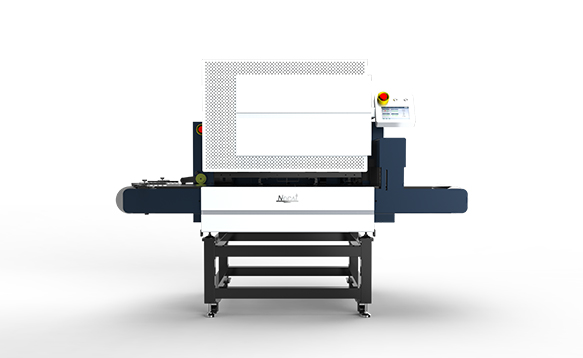
UV Printers: The Future of Printing Technology
- By:nocai uv printer
- 2022-10-24
- 920
In today’s fast-paced world of digital printing, small UV printers have taken the printing industry by storm. These innovative printers have revolutionized the way we approach printing, providing a cost-effective and eco-friendly solution for a wide range of applications. In this article, we will explore the different aspects of small UV printers to help you understand how they work, their advantages and disadvantages, and how to choose the right one for your needs.

Firstly, let’s take a look at how small UV printers work. These printers use a combination of UV lights and special inks to create high-quality prints. The UV light cures the ink on the print surface, ensuring that the ink remains fixed and does not smear or smudge. This process provides prints that are waterproof, scratch-resistant, and have a much longer shelf life than prints produced by traditional printers.
One of the major advantages of small UV printers is their eco-friendliness. Unlike traditional printing methods that use harmful chemicals and solvents, UV printing uses low-toxicity inks and does not emit harmful fumes during the printing process. This makes small UV printers a much more environmentally friendly option for printing tasks.
Another advantage of small UV printers is their high-quality printing capabilities. The use of UV lights and special inks provides prints with rich color, sharp details, and high resolution. This makes them perfect for printing a wide range of materials, including marketing materials, catalogues, booklets, and other similar printed materials. The small size of these printers also makes them highly versatile, allowing them to be used for printing on a variety of surfaces, including paper, plastic, and metal.
However, despite their many advantages, there are also some disadvantages to using small UV printers. One of the main disadvantages is their initial cost. UV printers are generally more expensive than traditional printers due to the cost of the UV lights and special inks. However, the higher initial cost is often offset by the long-term savings in operating costs and the reduced need for replacement parts. Another disadvantage is the potential for skin sensitivity to the UV light, although most modern UV printers are designed with sufficient safety measures to protect operators from harmful exposure.
When choosing a small UV printer, it is important to consider your specific printing needs and requirements. You should consider factors like print size, resolution, color accuracy, paper handling capacity, and cost. It is also essential to choose a reliable printer manufacturer with good customer support and after-sales service.
In conclusion, small UV printers offer an efficient, high-quality, and environmentally friendly alternative to traditional printing methods. By understanding how they work, their advantages and disadvantages, and carefully choosing the right one for your needs, you can ensure that your printing requirements are met efficiently while staying within your budget.

